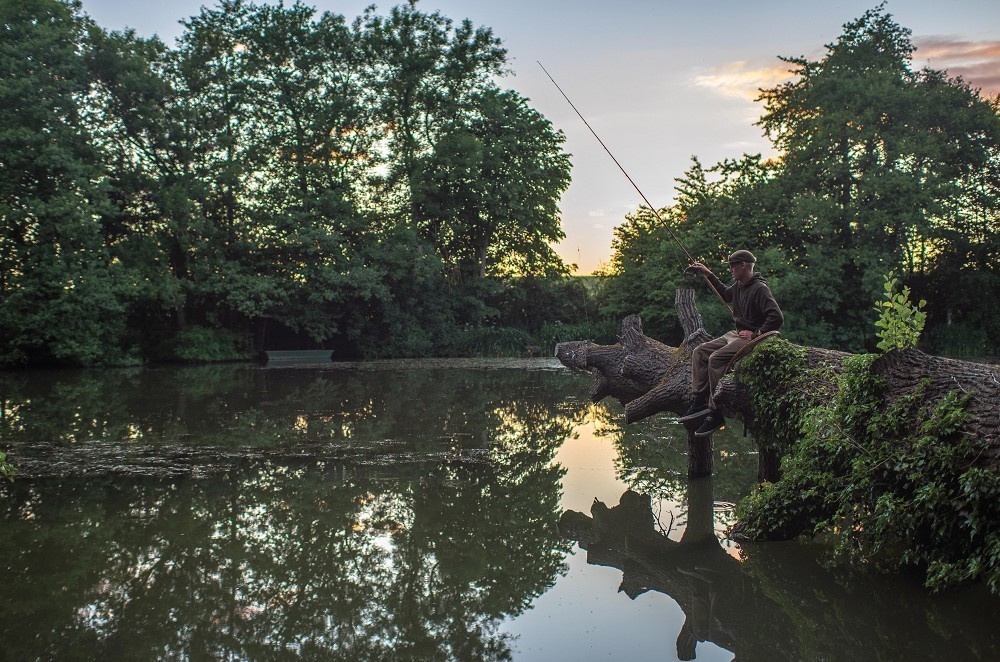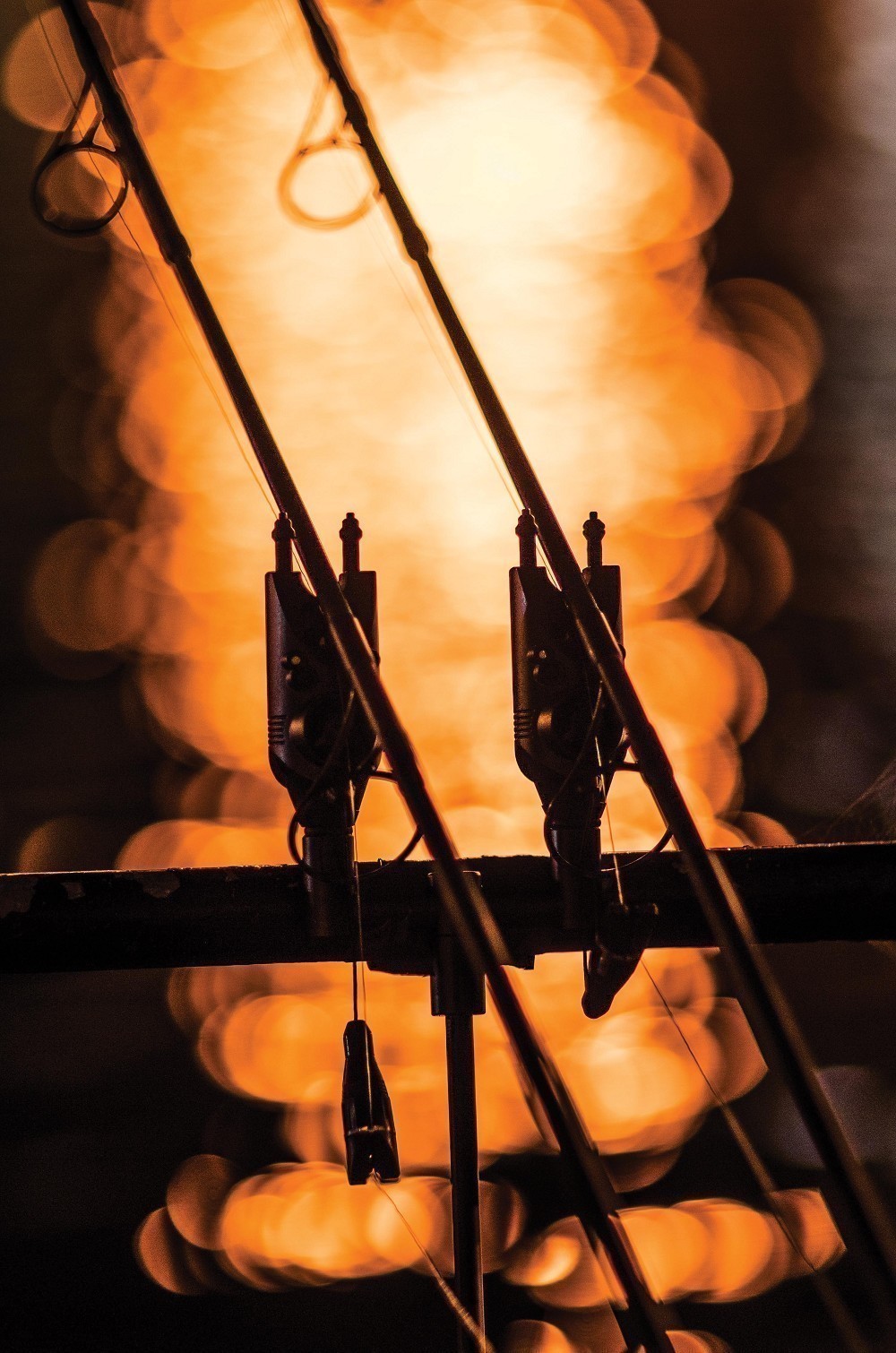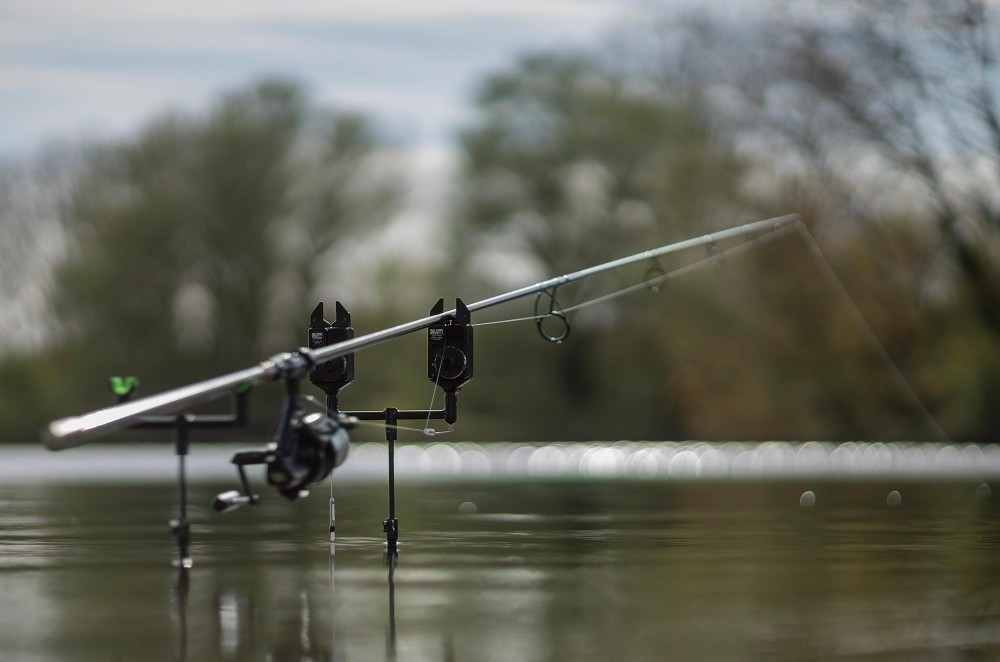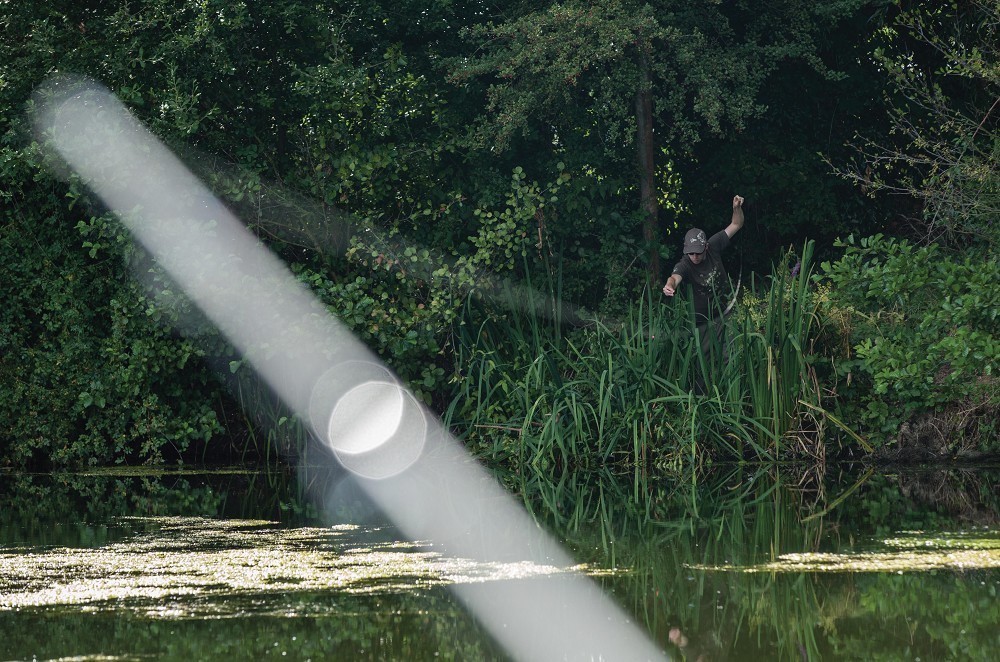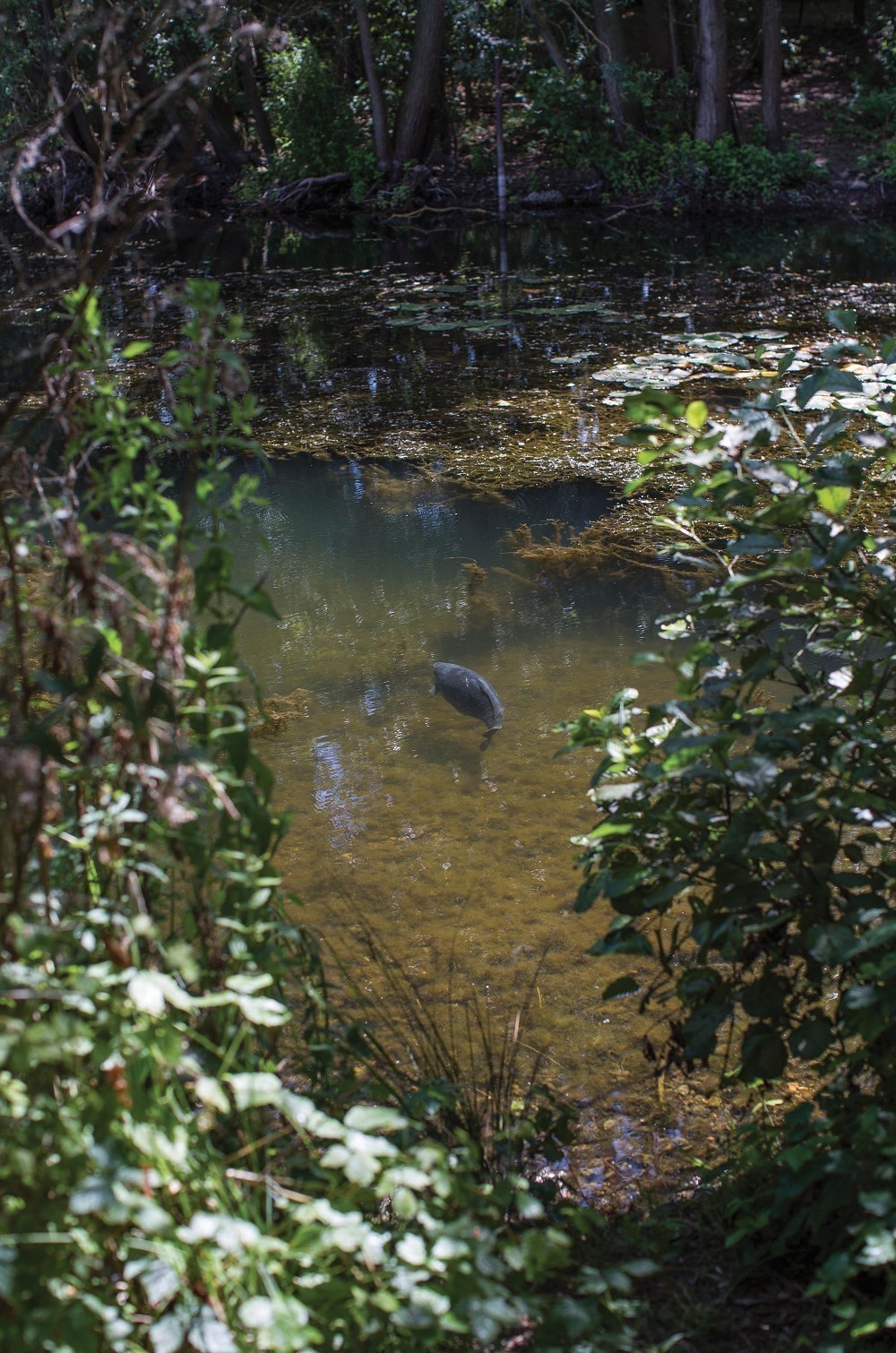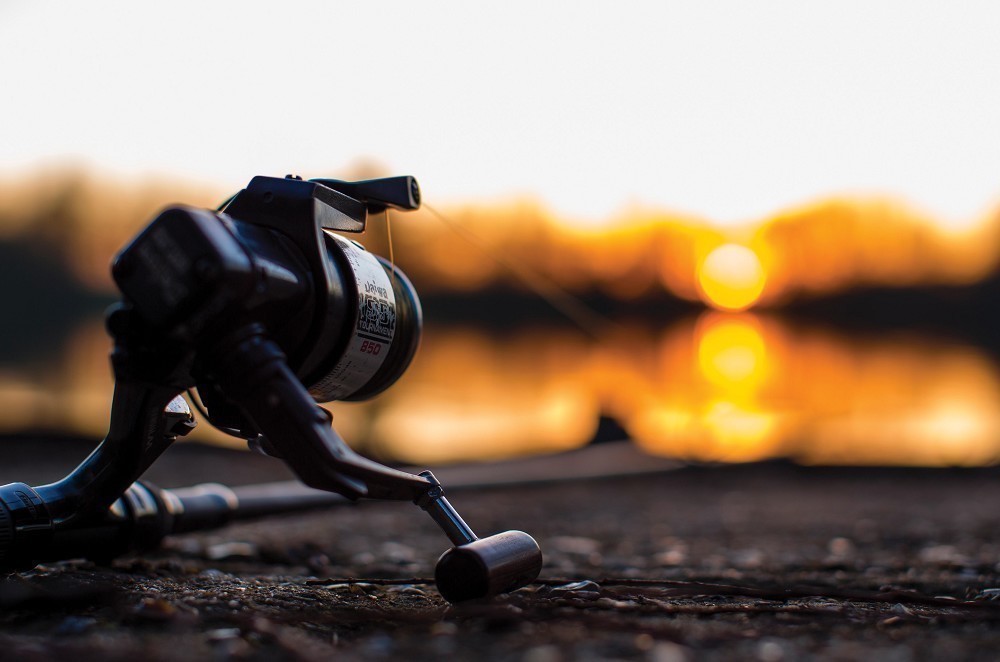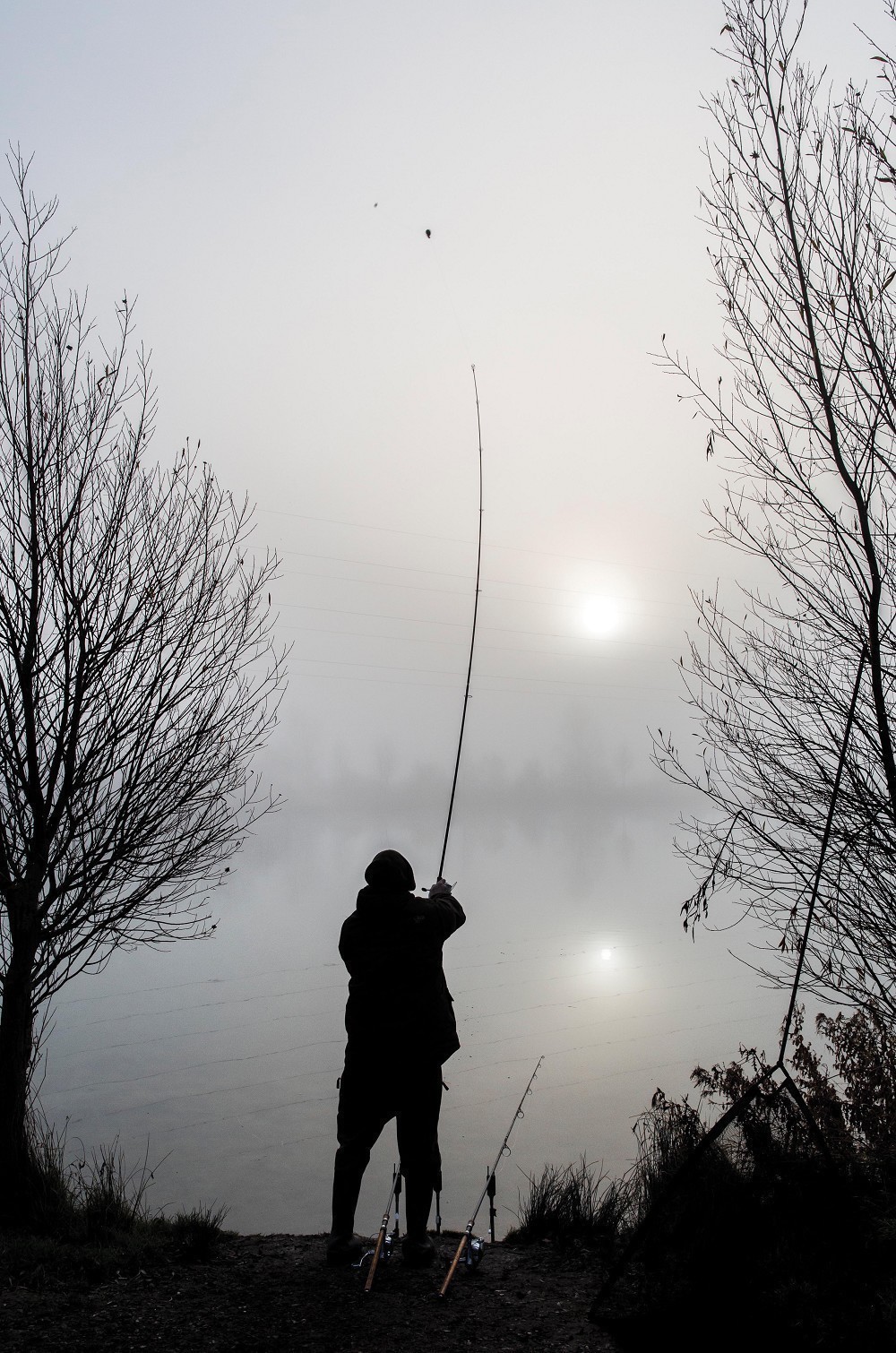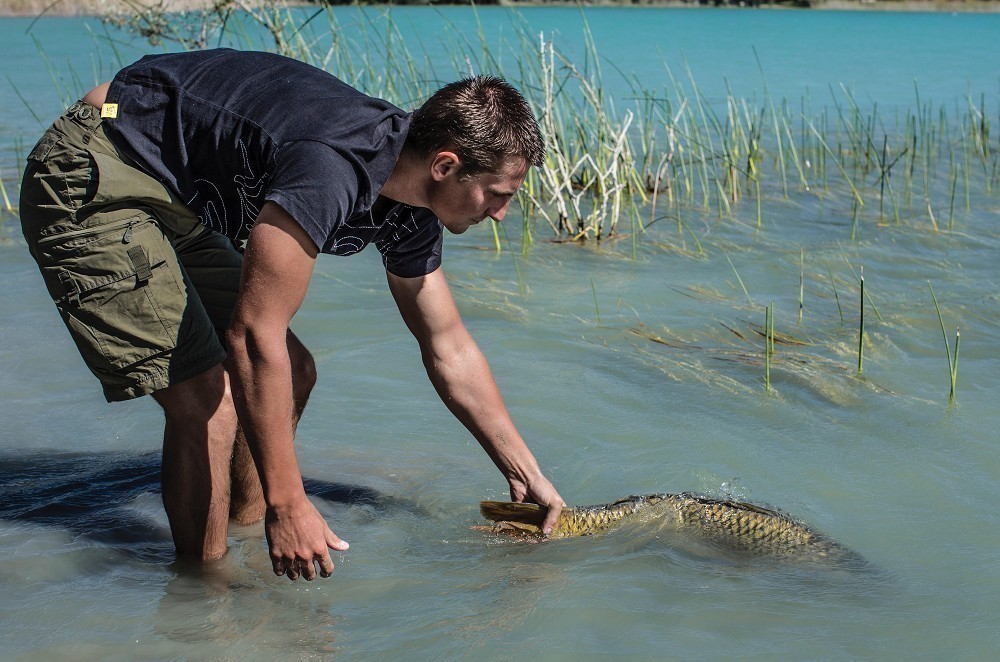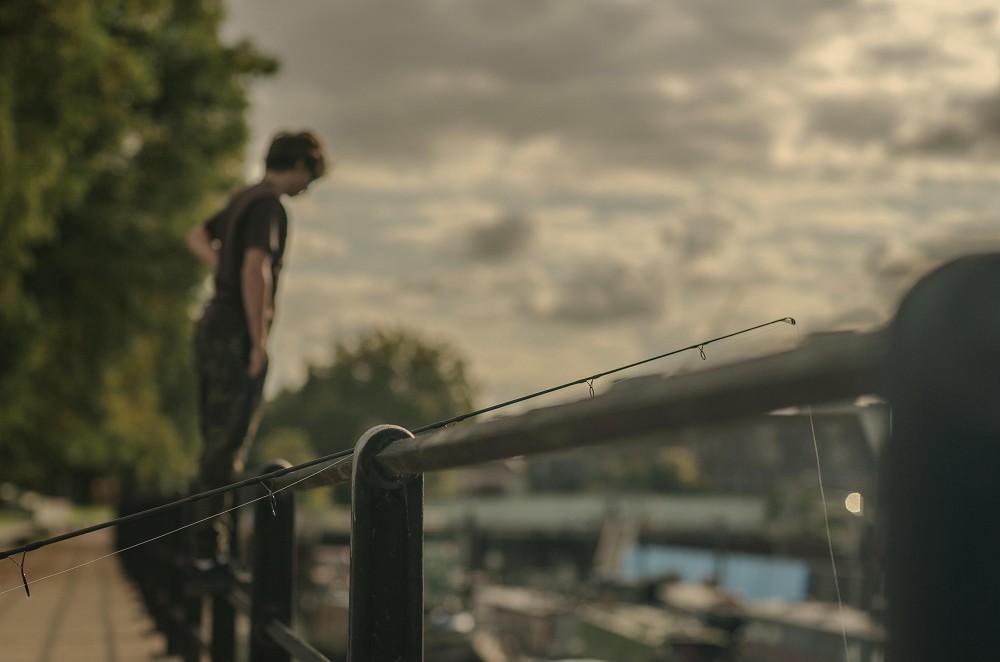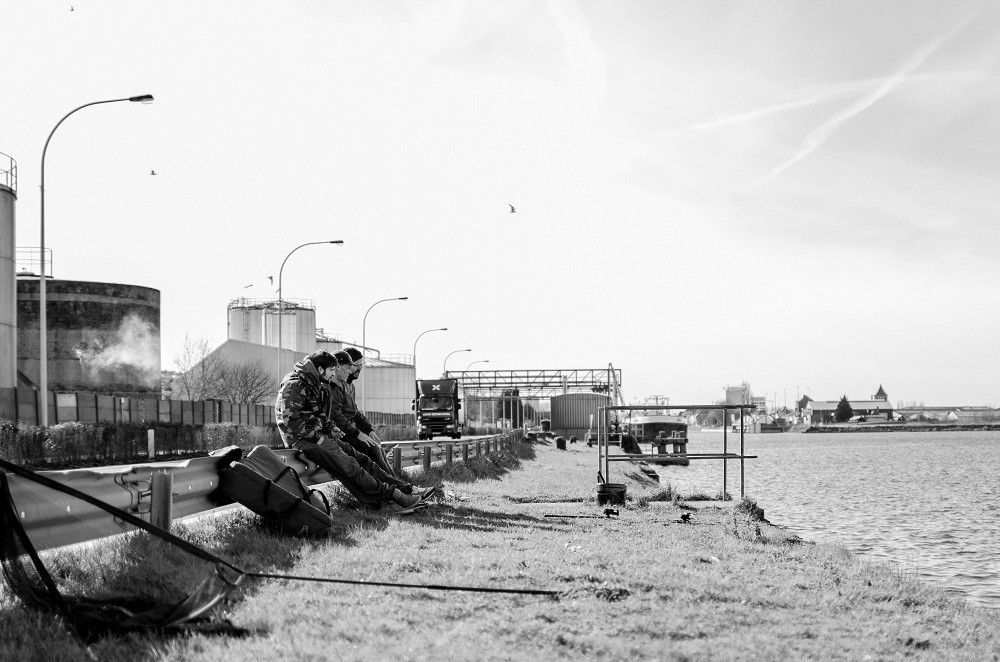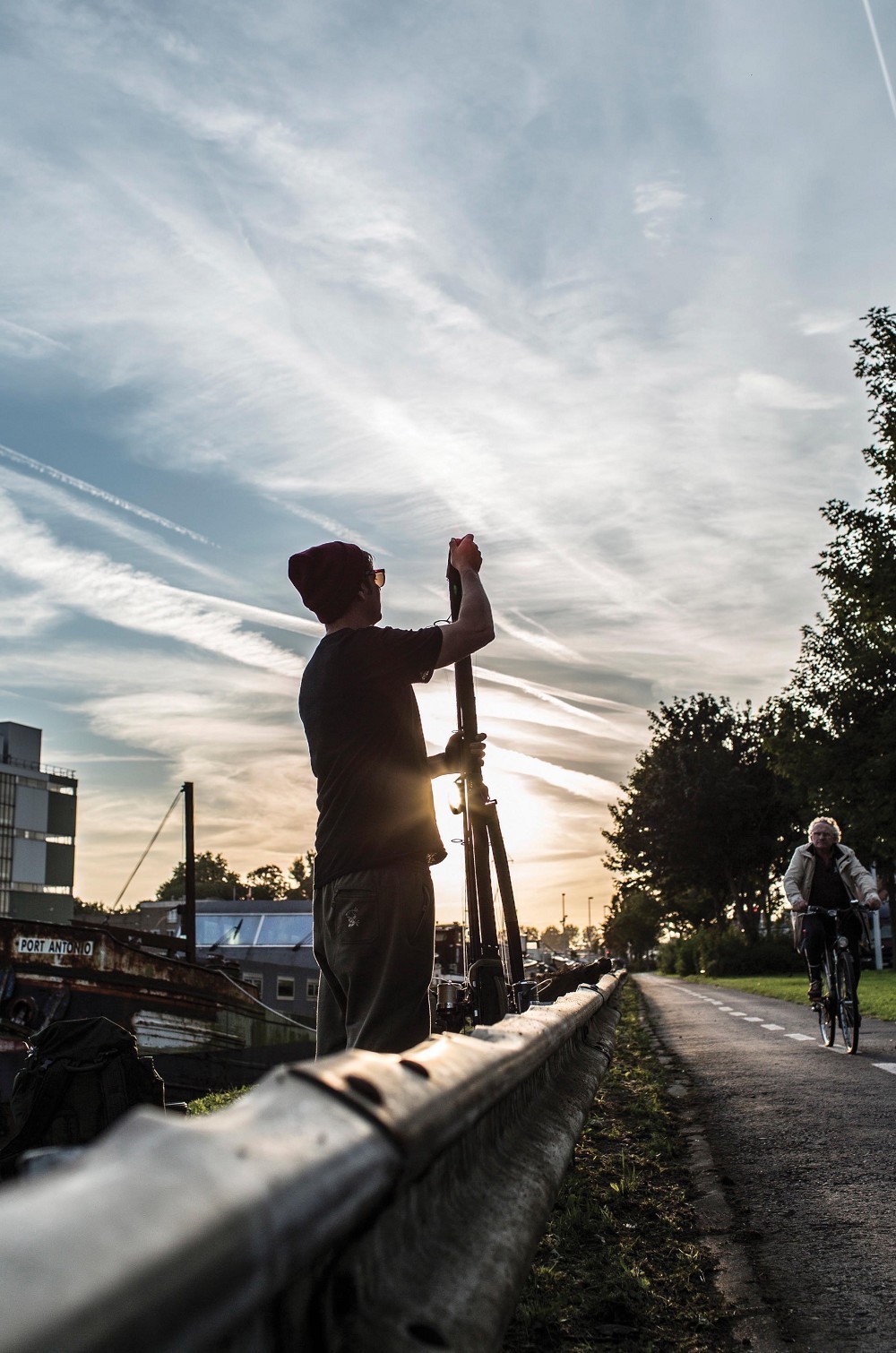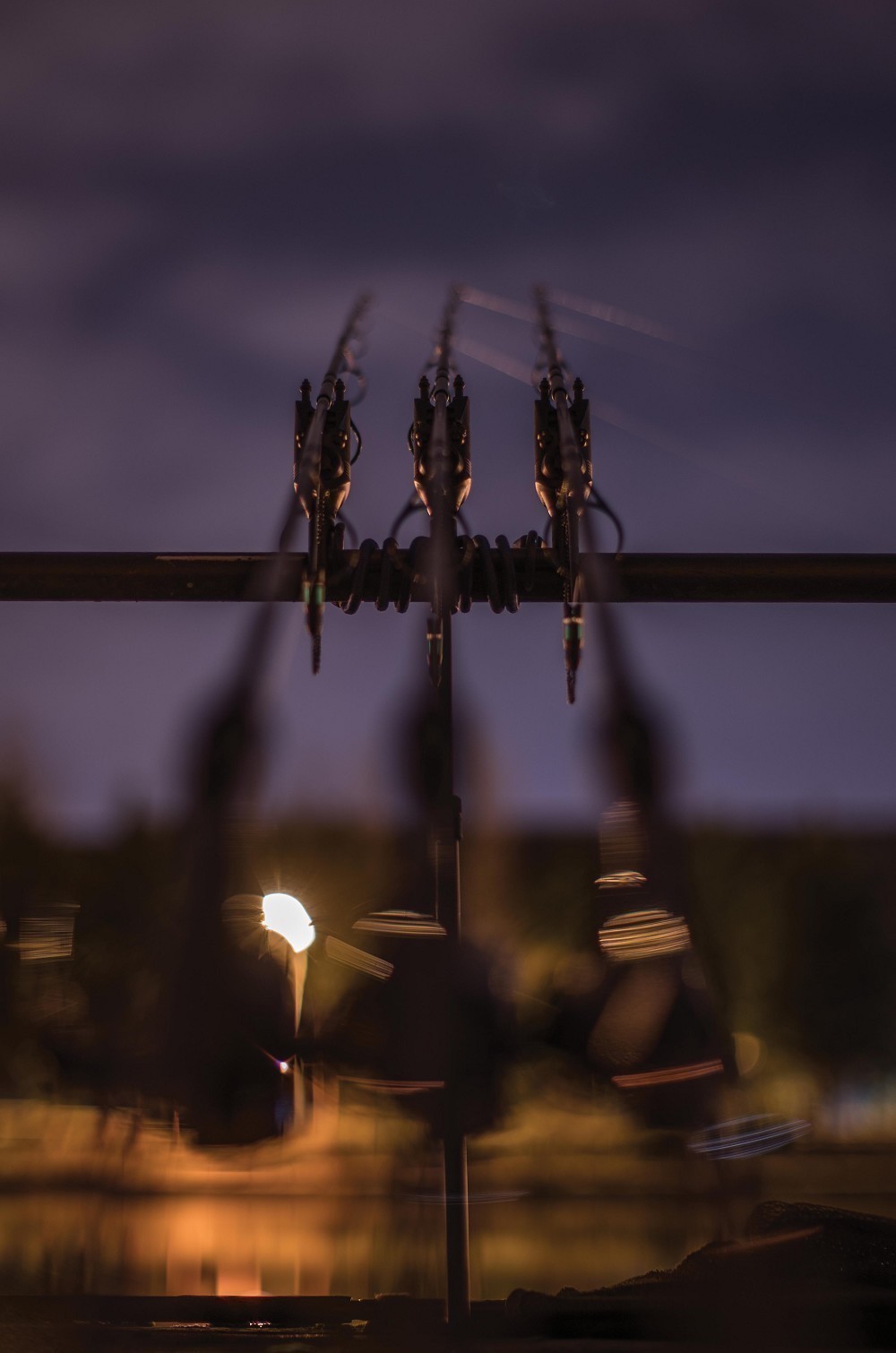How to make your shots look more interesting
Photo pro Oli Davies explains how by framing-up
Sometimes we see a photo that we really love but we can’t quite put our finger on why. Often it is the composition of the shot as much as if not more than the subject that makes it look good to our brain and triggers this emotional response. If the subject is interesting, and the composition good and the shot well executed then we are getting close to photographic nirvana!
There are certain rules of composition that are well-documented, and I recommend if want to go into more depth that you read up by Googling ‘photographic composition’. There is a great deal of information and tested techniques to try already written and I would only be repeating it, so I’ll stick to the ones that I feel are most relevant to angling photography, some of which I have already touched on previously in this series.
Camera settings: 35mm, F2.2, 1/250, ISO50
A shallow DOF makes Alan really stand out from the background. I have several versions of this shot but this one with the rod silhouetted against the sky works best.
Rule of thirds
This is the most widely documented rule of composition and can be used to dictate where you place the subject in the frame. By using a grid that splits into thirds horizontally and vertically we create points of interest at the intersection of the grid lines. Placing the subject or a point of interest at one of these intersections creates a more dynamic composition that is more pleasing to the eye than if it were placed in the middle of the frame. By placing more than one point of interest at opposing intersections we add even more interest
Fibonacci spiral
Closely related to the rule of thirds is the Fibonacci spiral or golden mean, a mathematical formula that defines a spiral pattern that can be found occurring throughout the natural world and is appealing to the human eye. When the numbers are expressed as series of squares with the corners connected by arcs a spiral is formed is applied to photography it can also be used to guide composition, or sometimes to explain why a picture is so good
Lead in lines, diagonals & intersections
Straight lines in pictures can be boring. Angles create drama and can be used to draw the viewer into the picture and lead their eye to a particular spot where something is happening. They can also be used to split the picture making for a more interesting composition. More complexity can be added by having different diagonals that meet and by placing the subject or point of interest at the intersection of these diagonals
Horizons
I’m not just talking about straight horizons here, but where the horizon is placed in the frame. Try to avoid having it dead centre; it is more pleasing to the eye with either more sky or more foreground. Breaking up the horizon and having something in the foreground that crosses that line also improves composition.
Foreground interest, layers & depth
Try and add depth and layers to your scenic shots by giving some foreground interest rather than just a shot of the far bank. Whether it be the rods or just some foliage it will improve the image.
Weighting off centre
Placing your subject in the middle of the frame seems the most natural thing to do, but it doesn’t necessarily work as well as placing them to one side and leaving some space. By dividing the space in a 1:2 ratio you create imbalance and that imbalance means the image is more dynamic. When shooting a picture specifically for a magazine double spread then you have to imagine how the subject and background will sit across two pages, and place the subject where they will not be lost in the centrefold.
Context
The subject of the picture is important but also important is how it relates the environment around it. Try and include some background interest to bring the subject into context. For instance catch pictures are often taken with just a bush behind the captor – this has become pretty standard and while it works well for night shots it isn’t particularly imaginative and says nothing about the venue. Try shooting out across the lake rather than away from it, or find something more interesting or unusual to include in the frame
Framing and cropping
Not every picture is perfectly framed out of the camera. With modern digital cameras offering high resolution we have the ability to crop in and change the framing of the image afterwards without compromising quality. In fact, pretty much every picture I take will be tweaked slightly. This allows me to perfect the composition and perfectly place and frame the subject, whether it be a catch picture, a simple adjustment of the horizon or even to change the shape of the image from landscape to portrait. Sometimes there is a better image contained within the original shot
And finally...
Having given you some rules to follow it is very important that you don’t follow them religiously. Take them into account but also be creative, break, bend and ignore them as often it is doing this that something really interesting can happen!
Camera settings: 85mm, F1.3, 1/13, ISO160
This is an example of how a crop and change of aspect can completely alter an image, discarding a lot of superfluous surroundings and concentrating the eye on the best bit!
Camera settings: 85mm, F1.3, 1/5000, ISO50
Choosing the alarms as the focal point the rods are placed slightly to one side and the horizon off centre leaving space in the frame to enjoy the interesting bokeh.
Camera settings: 150mm, F5, 1/160, ISO320
The focus is on the angler but having the rod and line in the foreground gives the picture context and meaning and it is obvious what is going on.
Camera settings: 50mm, F4, 1/200, ISO50
Although ‘against the rules’ placing the subject in the middle of the frame works in this instance as it is framed by the foreground foliage.
Camera settings: 50mm, F2.8, 1/80, ISO50
The picture is split roughly into two opposing halves, the reel sharply in focus and the sunset rendered as bokeh, which gives a nice balance.
Camera settings: 24mm, F10, 1/800, ISO640
Here I have placed the casting angler centrally and used the trees either side to frame him. This shot is actually in colour, the mist and contrast makes it look monochrome.
Camera settings: 50mm, F6.3, 1/640, ISO50
That final, intimate moment captured. The picture is framed nicely but actually I would have preferred a little more space around the subject and more empty space to the right for the fish to swim into.
Camera settings: 85mm, F2.8, 1/80, ISO100
Only a slice of the shot is in focus, but Alfie watching the carp in the background gives a bit of drama and context to the single rod and slack line.
Camera settings: 35mm, F1.6, 1/1250, ISO50
Diagonal lines lead your eye into the picture, and although it is shot at a low aperture there is plenty of detail in focus. This shot also works better in monochrome.
Camera settings: 35mm, F4.5, 1/800, ISO100
I snatched this picture as we packed away, with Gio silhouetted against the setting sun diagonals also lead the eye through the layers and into the distance.
Camera settings: 50mm, F1.3, 4sec, ISO50
As much as putting the subject at an angle and off centre makes for dynamic composition, sometimes simple symmetry works just as well.



